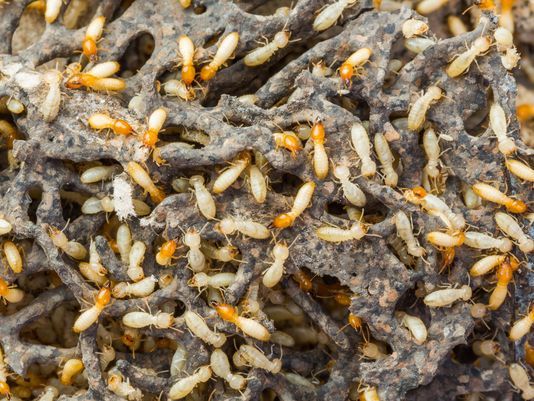Termites pose a major threat to old and new structures located within urban landscapes. As urban centers expand into natural environments, many native species are forced to adapt or die. Urban expansion is forcing some species to survive within urban areas, termites included. However, some countries take precautions against termite invasions during urban expansion projects, while others largely neglect such preventative measures. The past several decades of ceaseless urbanization has resulted in different termite population dynamics in tropical and coastal regions all over the world. In the country of Brazil, careless and slapdash urban expansion projects have pushed many different termite species into cities. As a result, property damages caused by termites has reached unprecedented levels in the South American country. In order to understand the impact that urbanization has on termite ecology, a group of researchers traveled to five rapidly growing Brazilian cities.
There are currently over three thousand termite species known to science, and five hundred and thirty four of these species can be found in Brazil. A total of eighteen termite species are considered pests in the country. The number of termite pest species in Brazil will only increase along with urbanization. When termites adapt to the urban conditions that encroach upon their habitats, they become active pests in cities. The continued process of urbanization will only increase the amount of economic damage caused by termites.
Researchers chose to examine several structures located within five Brazilian cities in order to determine the extent of the country’s termite problem, as well as to study how urbanization affects termite populations. In total, nearly two hundred structures were examined, most of which were residential houses or apartments. The older buildings generally showed higher rates of infestation than residential buildings. A whopping eighty nine percent of older buildings had been found with termite infestations, while sixty two percent of residential buildings had infestations. Researchers identified several termite species that had been infesting different buildings. The species most commonly found is known as N. corniger. This species has proven to be the most successful at establishing colonies within urban environments. Researchers hypothesize that the N. corniger species adapted to the urban environment more rapidly than other displaced species because of their “biological plasticity”. This termite species particular arboreal nesting behaviors, reproductive mechanisms and feeding habits provide N. corniger with an adaptive advantage over other termite species.
Do you think that the termite-infested structures used in the study were representative of all urban structures located within Brazil?
Follow The Termite Boys on our social media accounts to stay up to date with the latest information, and deals!

